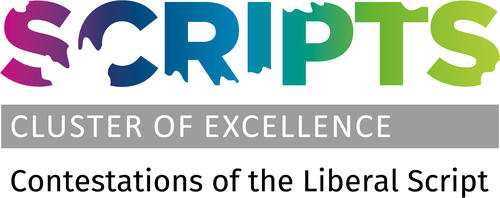After Fragmentation. Norm Collisions, Interface Conflicts, and Conflict Management
Michael Zürn, Christian Kreuder-Sonnen – 2020
Fragmentation, institutional overlaps, and norm collisions are often seen as fundamental problems for the global (legal) order. Supposedly, they incite conflict and disorder. However, some scholars have also emphasised functional and normative advantages of the resulting institutional pluralism. We argue that the consequences of the increasing international institutional density are conditional on whether and how different norms, institutions, and authorities are coordinated. In distinction from the fragmentation framework in international law and the regime complexity framework in international relations, this introduction outlines an interface conflict framework that enables important insights into this question and guides the contributions assembled in this issue. It zooms in on the micro-level of conflict between actors that justify incompatible positional differences with reference to different international norms. In particular, the concept of interface conflicts allows studying the conditions under which overlaps and norm collisions become activated in conflicts as well as the ways in which such conflicts are handled. Foreshadowing the main findings of the contributions to this Special Issue, we hold that interface conflicts are neither inevitable nor unmanageable. Most importantly, it seems that, more often than not, conflicts stimulate cooperative forms of management and contribute to the building of inter-institutional order.
